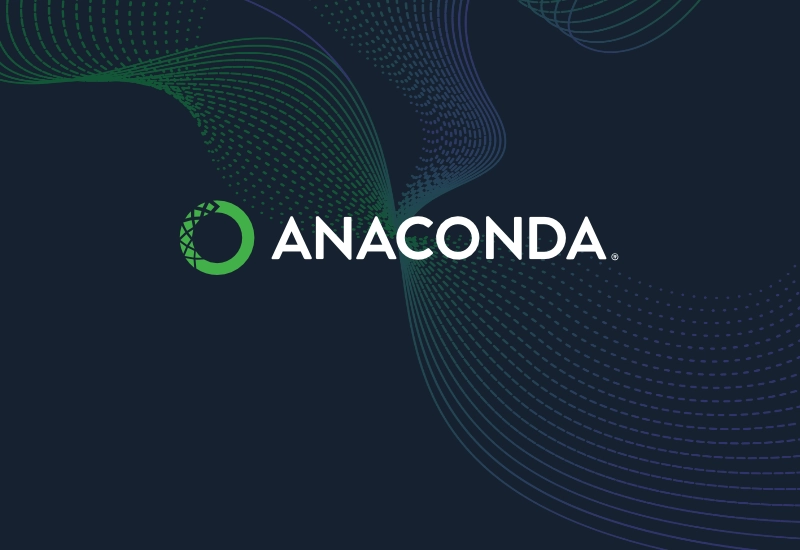For the seventh consecutive year, we conducted our State of Data Science survey to surface insights about the demographics of the data science community, use cases across industries, and trends related to artificial intelligence (AI) and open source.
We’ve seen an increase in the usage of AI, with 87% of data scientist practitioners spending as much or more time on AI techniques this year versus last year. These AI techniques include generative adversarial networks (GANs), deep learning, and transformer models. Humans are also less concerned with AI overtaking their work—only about one in five respondents (22%) are fearful that AI might take their jobs, a steep decline from last year. Instead, they’re learning how to use AI to complement their skill sets and free up time from mundane, time-consuming activities.
“A workforce in tune with company data and systems can better integrate AI solutions into existing processes,” says Barry Libert, Vice Chairman and CEO, Anaconda. Start by identifying essential AI skills that align with your business objectives, develop tailored learning pathways, build collaborative learning environments, partner with educational institutions for further development, and measure and iterate. AI techniques are fundamentally changing how businesses operate. The ones who take the right approach will thrive.”
There are also several encouraging updates among respondents, with many finding open source to be particularly helpful for their workflows and for collaborating. When asked to rank the top value of open-source software, respondents’ top answers were “most economical option,” “speed of innovation,” or “most useful tools for my needs.” Additionally, 66% of IT administrators report their companies are leveraging open-source tools, with data practitioners using open-source software to build new tools (58%) and models for internal use (56%). The value of open source is evident across teams, especially when company leaders encourage learning and collaboration with open-source software and other tools.
Finally, we’re encouraged to see tomorrow’s data scientists learning about key topics, such as Python, machine learning, and data visualization. These roles will demand a well-rounded slate of experience alongside continued education, so allowing for learning and experimentation is vital for ongoing innovation.
As Peter Wang, Chief AI and Innovation Officer and Co-Founder at Anaconda puts it: “Companies need to encourage people to learn more about how to both do their jobs and expand their horizons professionally. What is the point of learning? It’s actually to get people to achieve something in a better way.” See an overview of our top takeaways below—and be sure to download the full 7th Annual Data Science Report: AI and Open Source at Work.
See an overview of our top takeaways below—and be sure to download the full 7th Annual Data Science Report: AI and Open Source at Work.
Get Report

